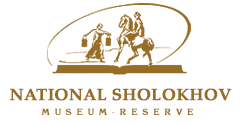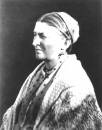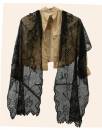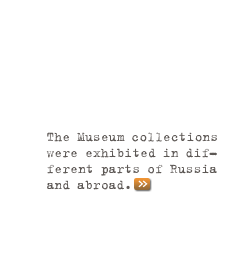Museum Collection
WomenвАЩs Headrails
Since long ago Don Cossack women had peculiar headwear and hairdos. In the XIX century (up to the XX century) a very popular headrail with the Upper Don Cossack women was a cap, a long woven bag with a small brush at the end, sometimes adorned with beads or embroidery. The cap was put on a plaited hair and a part of the head. Gradually the cap went out of fashion replaced for a small cap with a round top, which was put on the bun of hair.
Traditionally, a Cossack woman when leaving her house should cover her head with a shawl, kerchief or some other headrail. A bare-headed woman was called “uncovered”.
On holidays and for better wear Cossack women wore crochet scarves and kerchiefs with complicated patterns. Mainly they were black, beige colour was also used, but rather seldom.
Long-ended crochet kerchiefs were used to cover a head with the ends crossed over the shoulders. Sometimes one end of the kerchief was winded round the neck and tucked in, the other one hung down freely. In the same fashion a crochet scarf was worn.
A Cossack woman had several kerchiefs: for summer, spring, autumn and winter seasons, for holiday, everyday and funeral wear.
For better wear in spring and in autumn women used big beautiful silk shawls with Turkish patterns, and thin cashmere shawls with bright flowers and a fringe.
A popular belief existed, that woman’s hair prossesses a majic power and attracts thunderstorm at rain. A bare-headed woman was considered to be endangered of a stroke of lightning. A bare-headed woman was prohibited of entering the church. At home Cossack women used to wear kerchiefs when cooking or praying, and old women even slept with their kerchiefs on.














